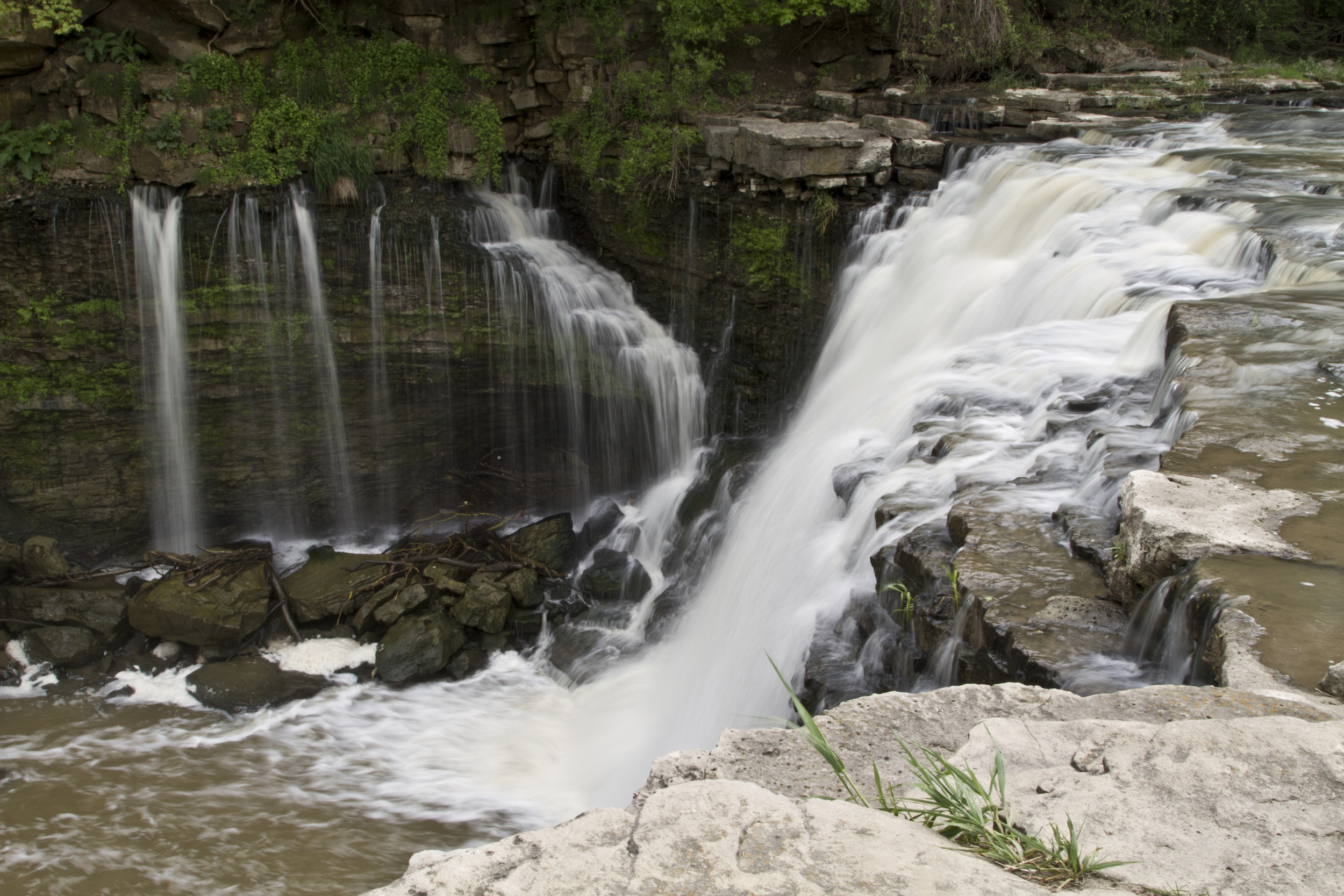

HGS RESEARCH HIGHLIGHT - Model simplification to simulate groundwater recharge from a perched gravel-bed river
This publication co-authored by Antoine Di Ciacca, Scott Wilson, Patrick Durney, Guglielmo Stecca, and Thomas Wöhling, investigates model simplification strategies to simulate groundwater recharge from perched gravel-bed rivers. This study leverages HydroGeoSphere (HGS) as a fully integrated 3D surface–subsurface model, alongside 2D cross-sectional and 1D analytical models, to address long-standing challenges in representing river–aquifer interactions while reducing computational demands.

HGS RESEARCH HIGHLIGHT – Impact of Baseflow on Fish Community in the Ungcheon Stream, Korea
In this research highlight, researchers have explored how baseflow influences fish habitats in the Ungcheon stream, located downstream of the Boryeong Dam in Korea.

HGS RESEARCH HIGHLIGHT – Logjam Characteristics as Drivers of Transient Storage in Headwater Streams
A new paper highlights the impacts that logjams have on the transient storage in streams and rivers. The researchers used a physical flume to test a variety of scenarios and and relied on HydroGeoSphere to elucidate the surface and subsurface flow patterns which contributed to increased transient storage, and changes to hyporheic exchange in areas affected by logjams.

HGS RESEARCH HIGHLIGHT – Combining experimental and modelling approaches to monitor the transport of an artificial tracer through the hyporheic zone
HGS users at a consortium of French research laboratories makes excellent use of the integrated nature of HydroGeoSphere simulations to investigate hyporheic exchange and mixing processes, relying on both experimental (i.e. tracer tests) and modelling techniques. The authors concluded that the mixed experimental/modelling approach used in this study allowed them to “resolve some of the uncertainties inherent in our understanding of transient storage and hyporheic exchange.”
